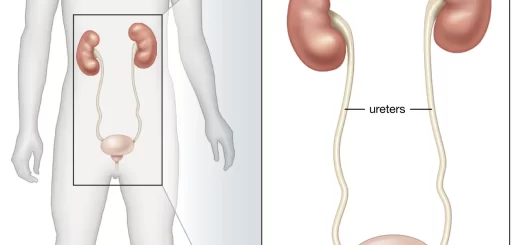Diagnosis of allergies

While it is easy to diagnose the presence of an allergy, finding the cause is more complicated. It is usually achieved using a skin prick test or allergen test. Where minute amounts of multiple potential allergens are injected into the skin, often on the back or arm.
An allergic swelling around any prick could signify an allergy to that substance. Patch testing for slower allergies, blood tests, and provocation tests are also carried out in situations where they are required.
Treatment of allergies
The best way to manage an allergy is to prevent it by avoiding possible or proven allergens. For instance, cleaning the house to get rid of dust mites and fungal spores, keeping the windows closed in pollen season, and dehumidifying the air to prevent mold accumulation can help prevent house allergies.
If an allergy strikes, antihistamines and steroids use to โปรโมชั่น ufabet suppress the symptoms of the attack. But they cannot cure the allergy itself.
The immune system is part of the body and comprises Diagnosis of allergies cells and their chemicals, which work together to keep the body free of harmful agents such as infections. In certain people, this reaction is trigger by pollen, some foods, certain fungi called mold, dust mites, and insect stings.
Any substance which is recognize by the immune system antigen.
In the case of people with allergies, the allergens are pick up by certain cells, called antigen-presenting cells. Which process them and allow them to recognize by and to alert the innate immune system to their presence.
This causes the activation Diagnosis of allergies of any patrolling lymphocytes (a type of immune cell). That come into contact with these cell-presented antigens. In non-allergic people. When a B-lymphocyte recognizes that it has just found a foreign antigen, it returns to the lymph node nearest to its current location and transforms into a plasma cell.
When this complex meets an immune cell. That presents the same antigen, it locks on to it in a three-way death grip while the basophil or mast cell bursts open its packages of inflammatory mediators like histamine.
The result is the classic symptoms of allergy. These include a block or runny nose, violent sneezing, breathing problems due to airway swelling, inflammation of the sinuses, gastritis and nausea, skin rashes, and itching.



